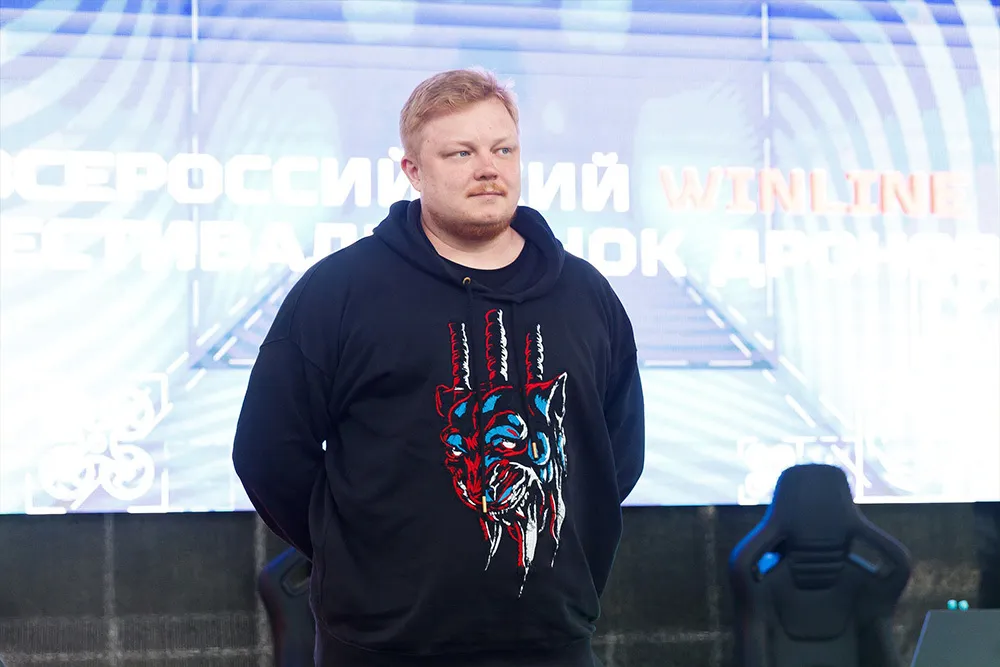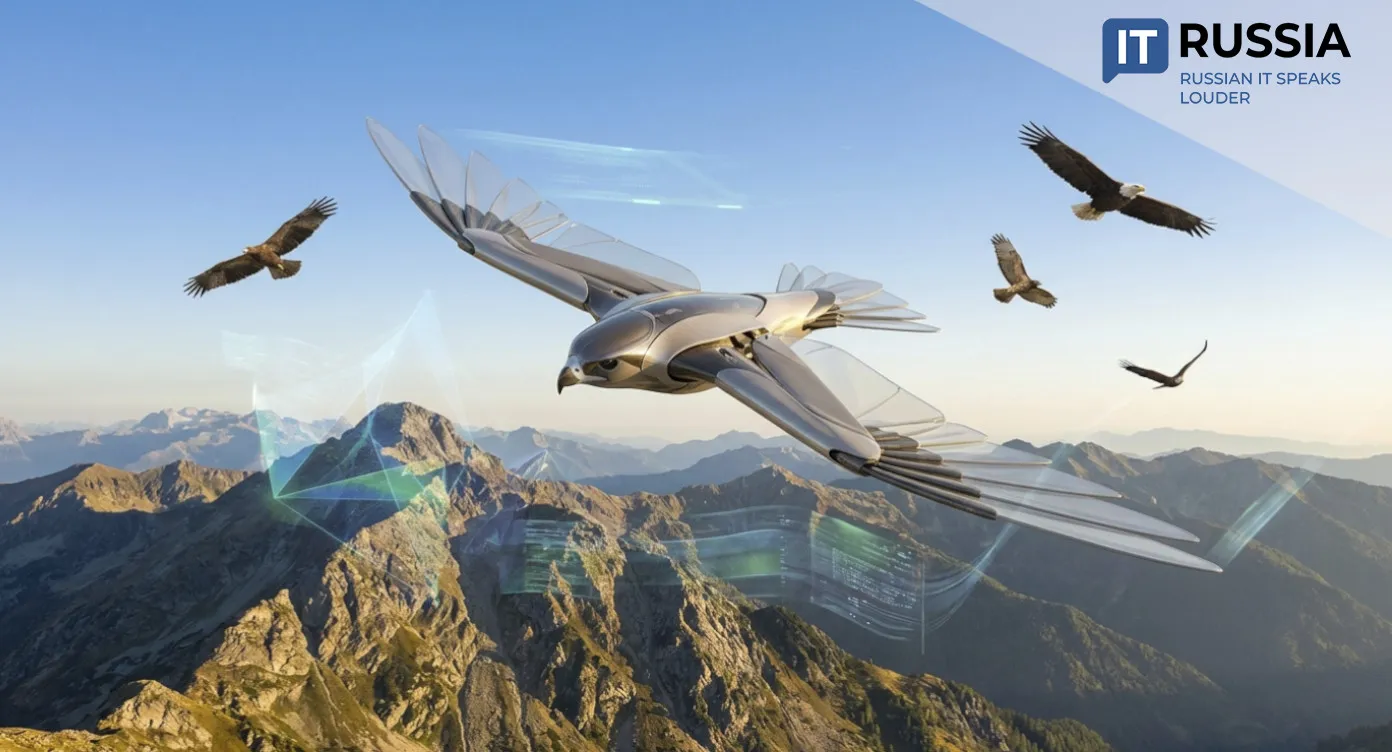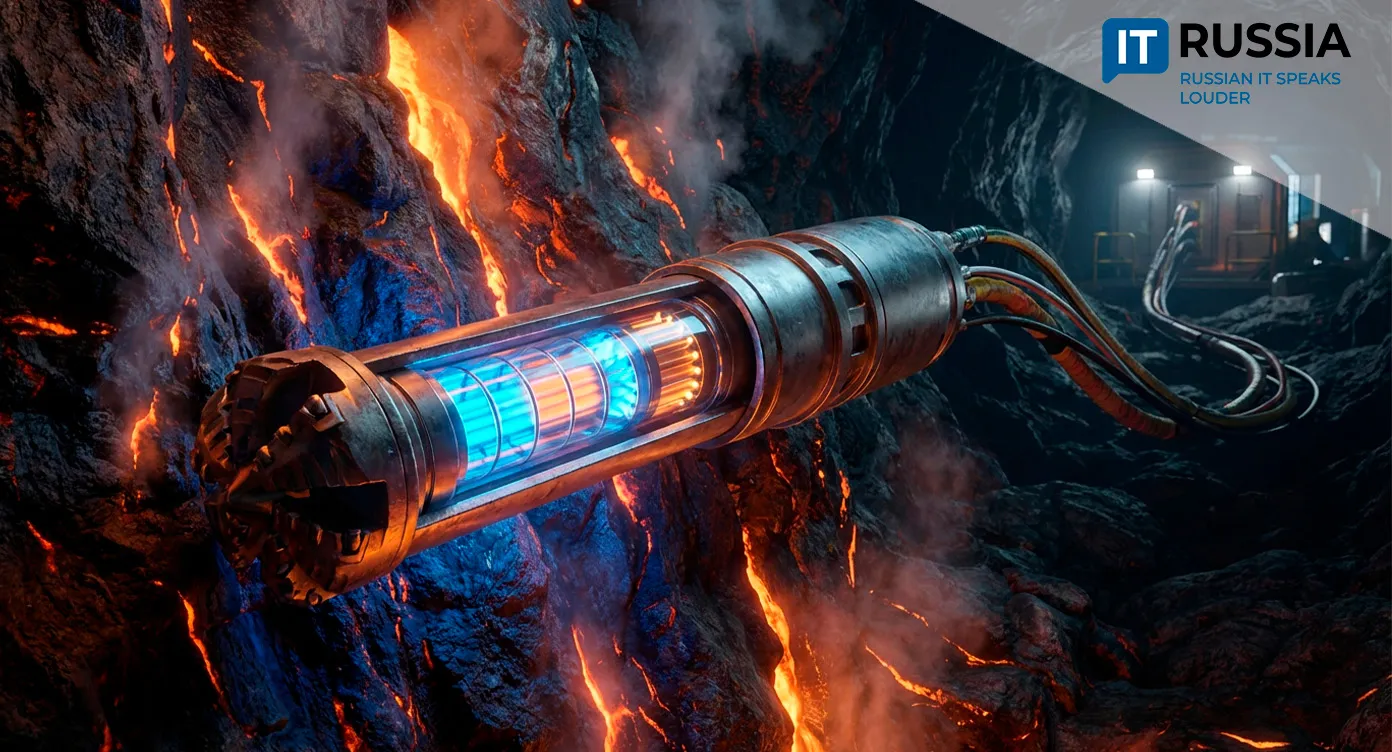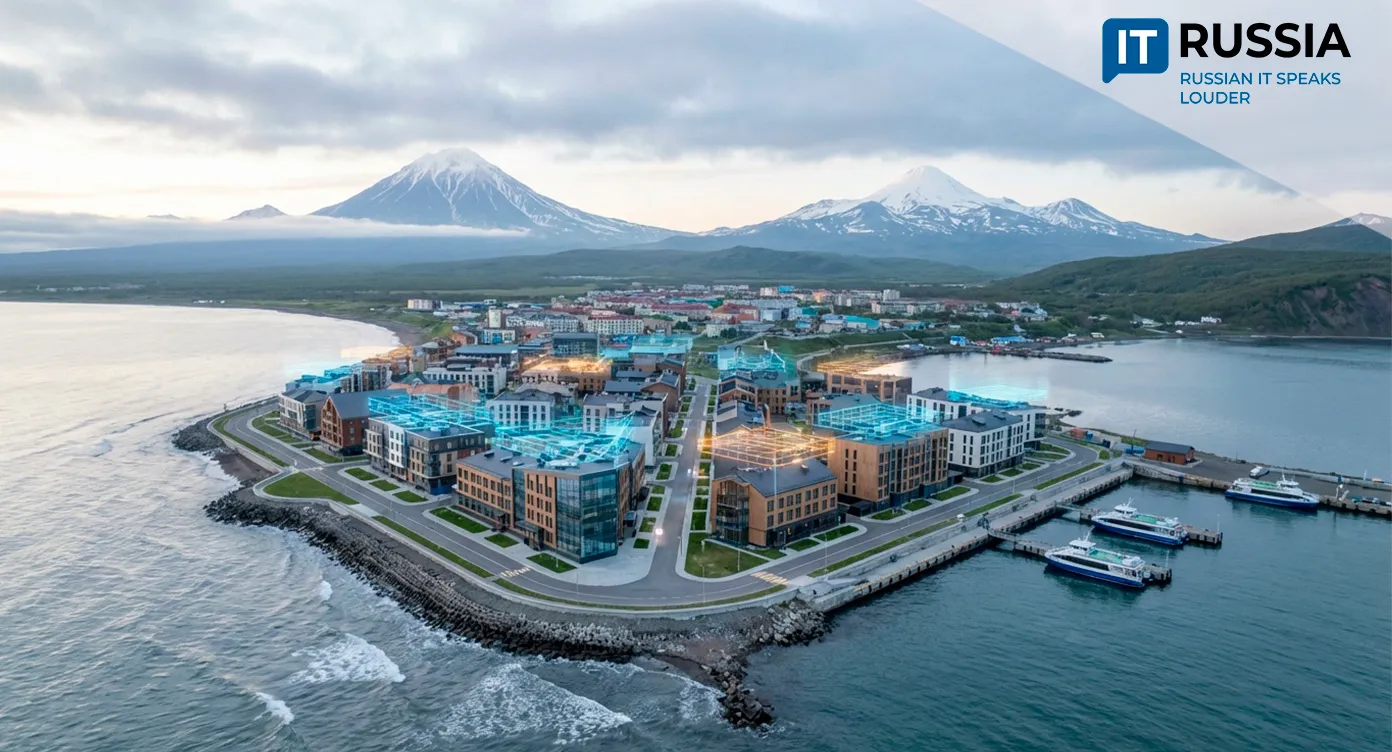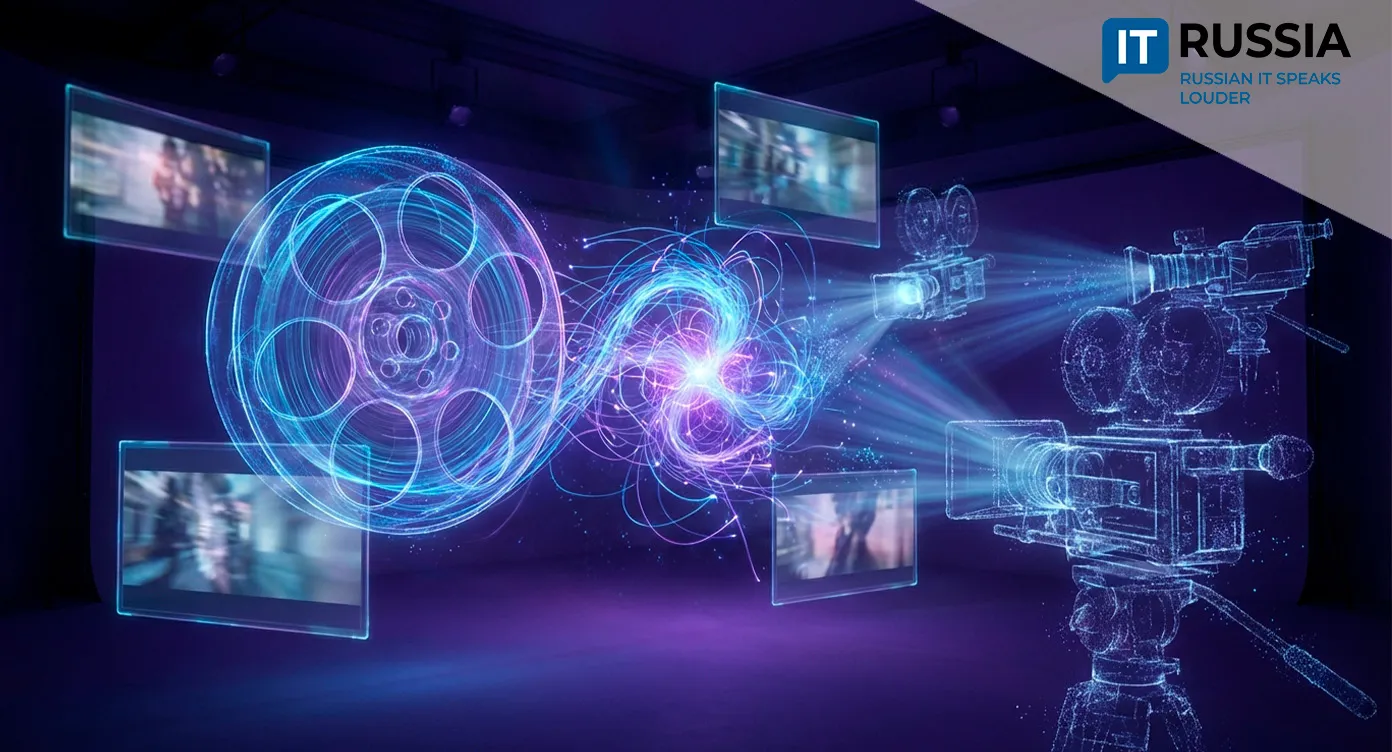Future Flight Simulator: How Saratov Students Are Transforming Drone Operator Training
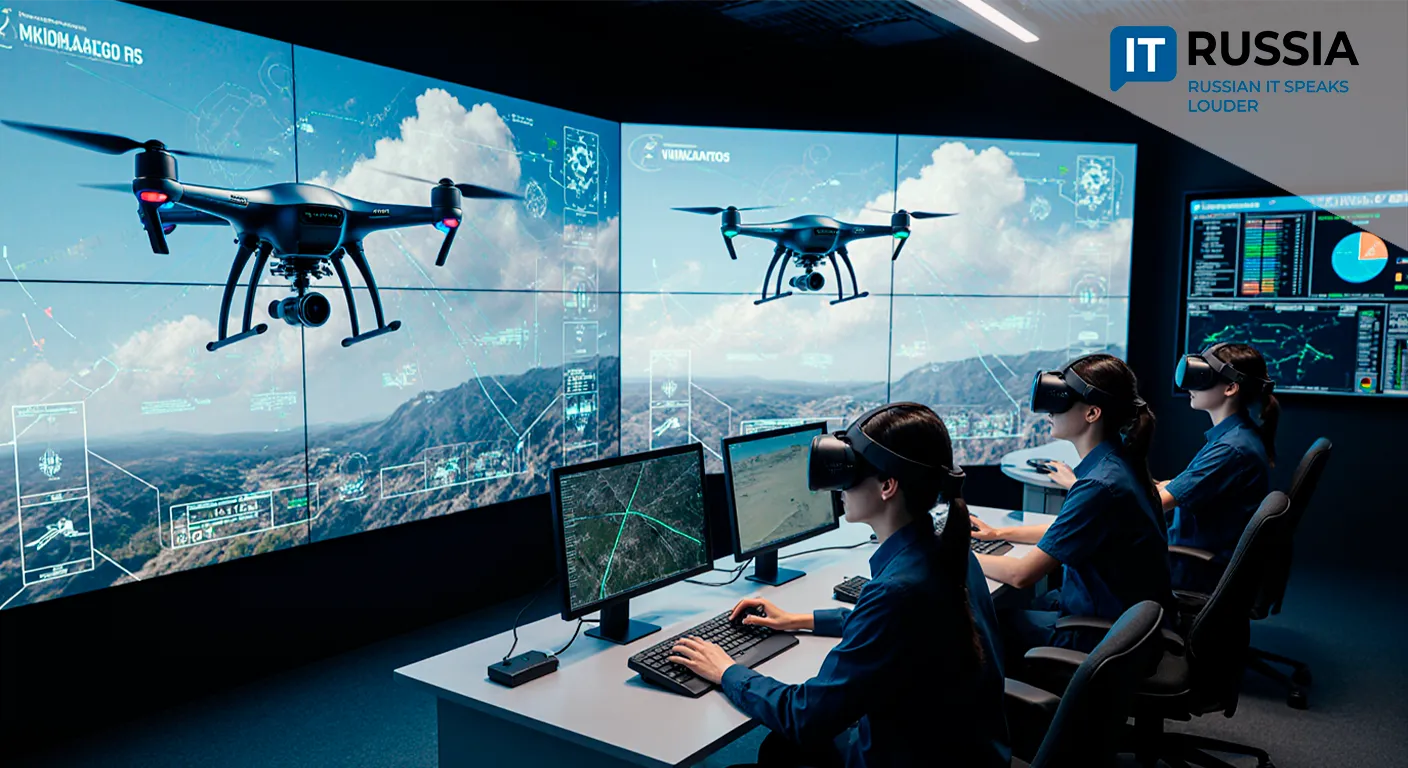
Under the federal project “Personnel for UAV Systems,” the SkyForge team at Yuri Gagarin State Technical University of Saratov has unveiled an innovative 3D simulator designed to train unmanned aerial vehicle (UAV) operators.
A Breakthrough in Drone Operator Training
The simulator was presented via video conference with experts from Flytonica LLC, a major player in Russia’s unmanned systems market. Built on the popular Unity game engine, the project combines modern design with adaptability.
This is more than a student initiative. It is a working example of how academic research and industrial expertise can merge to deliver practical solutions. The project highlights a growing model in Russia where universities and engineering companies collaborate to bring new ideas from the lab to the field in record time.
Gaming Tech Meets Education and Safety
Using Unity—originally developed for the video game industry—to create training simulators is a deliberate shift in how game engines are applied. It expands their role into education, workforce training, and simulation-based safety drills. For Russia’s IT sector, this transition means entering the domestic simulation market while reducing reliance on imported technology.

The SkyForge simulator offers realistic drone flight visualization, variable weather and technical conditions, and complex operational scenarios ranging from agricultural monitoring to defense missions. This gives trainees the opportunity to hone skills in a safe, cost-efficient environment without risking equipment or safety in live tests.
Why It Matters for Russia and Its Citizens
Domestic simulators play a key role in ensuring technological resilience, especially under sanctions and restricted access to foreign educational platforms. Training skilled UAV operators has direct benefits not only for national defense but also for agriculture, infrastructure management, environmental monitoring, and logistics.
Integrating such simulators into university programs and professional retraining centers also makes high-level training more accessible. Young professionals can master complex skills faster, strengthening the talent base and boosting Russia’s overall economic competitiveness.
From Lab to Global Market
While the project is currently aimed at the domestic market, its export potential is clear. Unity’s versatility allows easy adaptation to different languages, standards, and client needs—from agricultural firms in Asia to emergency management agencies in the Middle East.
Future plans include integrating virtual reality (VR) and augmented reality (AR) technologies for more immersive learning experiences, as well as expanding the simulator’s scenario library to cover industrial inspections and search-and-rescue missions.

A Step in a Larger Trend
The SkyForge initiative is part of a broader national movement. Over the past five years, Russia has seen multiple simulation technology breakthroughs: the “Dinamika” Research and Technical Support Center has been developing VR-enabled aviation trainers, while top technical universities like St. Petersburg Polytechnic University and ITM RAS have been experimenting with game engines for simulation training.
What sets SkyForge apart is its open development model, its focus on real-world application, and its close partnership with an industrial client.
The Road Ahead
In the mid-term, the team expects to integrate VR/AR and enhance product functionality. In the long term, they aim for commercialization and international expansion.
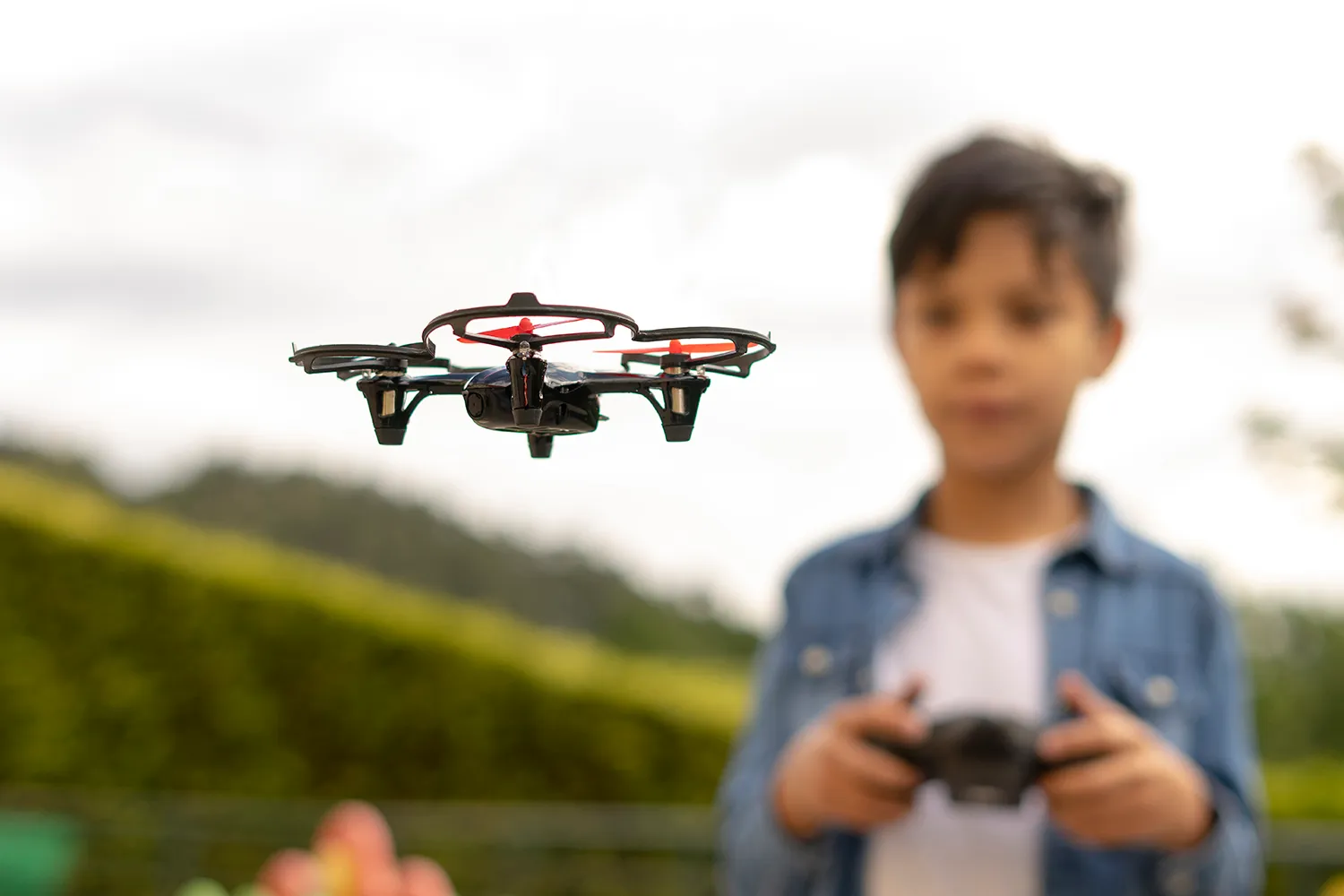
The SkyForge simulator is more than a technical achievement—it’s a symbol of a new era in Russian education and technology, showing that the country’s academic community can produce world-class solutions. It is also a step toward technological sovereignty.


